India – the 7th Largest County in size with its land borders shared with a large number of countries, comprising of 1197 islands and having a coastline of 7516 kilometers with a vast Exclusive Economic Zone. This year, India will complete its 75 spectacular years of independence, and we cannot deny the role that our Armed forces have played in maintaining, preserving, and furthering India’s freedom. The Largest Volunteer Army in the world – The Indian Army comprises more than 80% of the country’s active defense force. It has almost 1.3 million active troops and almost a million troops in reserve – making it the largest standing army in the world. So how such a huge army consisting of over a million active troops are organized and formed for effective overall functioning? Let’s understand as to what is the structure of the Indian Army and the formation of the Indian Army.
You might be surprised to know that there is a provision for military conscription (compulsory enrolment of persons especially for military service) in the Indian constitution, but conscription has never been imposed by the government.
Table of Contents
The Overview
The President of India is the leader or the Supreme Commander of the Indian Armed Forces. The governing control of the armed forces is done sequentially through the Union Cabinet, the Defence Minister, the Chiefs of Staff Committee (COSC), and the Chiefs of Army, Naval, and Airforce.
For Management & Operational purpose, the army operates into six operational commands and one training command. These commands are formed geographically. These commands can also be called Theatre.
Each command directly reports to the Chief of Army at Army HQ in New Delhi. Apart from these, there are tri-service commands such as Strategic Forces Command and Andaman and Nicobar Command. The command is further divided into Corps and corps into Division. This division goes down till a Section – which is the smallest form of the Indian Army. Let’s know all these formations in detail.
The Indian Army Ranks & their Equivalent in Navy and Airforce
Field Formations of the Indian Army
The structure of the Indian Army is as below starting from Section.
Section
- Section is the smallest or basic formation unit of Indian Army.
- Number of Personnel – 10
- Commanded by – Non-Commissioned Officer – Havaldar
Platoon
- Platoon is a bigger formation than Section. A group of 3 Section combine and form a Platoon
- Number of Personnel – 3 Section or Approx. 30-32
- Commanded by – Junior Commissioned Officer (JCO) – Naib Subedar, Subedar or Subedar Major.
Rifle Company
- Rifle Company or more commonly known as Company is formed by combining 3 Platoon.
- Number of Personnel – 3 Platoon or Approx. 120
- Commanded by – Company Commander or person of the Rank of Lieutenant or Major rank.
Battalion or Regiment
- Battalion or more frequently called as Regiment is the main fighting unit of the Infantry.
- Number of Personnel – 4 Rifle company or Approx. 900
- Commanded by – Battalion Officer, i.e. Commanding Offier or person of the Rank of Lt, Colonel or Colonel
Brigade
- Brigade is one of the complete fighting unit of the army which also consist of supporting Elements.
- An Infantry Brigade usually consist of three Infantry Battalions assisted with Support Arms & Services.
- There are some additional brigades from the regular ones which are independent Brigades such as Artillery Brigades, Armored Brigades, Air Defence Brigades, Parachute Brigade and Engineer Brigades.
- Number of Personnel – 3 Battalion or Approx. 3000
- Commanded by – Brigade Commander or person of the Rank of Brigadier
Division
- Division is the second largest field formations formation of the Indian Army.
- Currently, In the Indian Army there are approx. 41 Divisions, which include some RAPID (Re-organised Army Plains Infantry Divisions) Action Divisions, Mountain Divisions, Infantry Divisions, Artillery Divisions and Armored Divisions.
- Division is formed by combining 3-4 Brigades
- Commanded by – General Officer Commanding (GOC) or person of the Rank of Major General, who is a 2-star Rank of the Indian Army
Corps
- The Indian Infantry has three types of corps depending upon their nature – Strike, Holding and Mixed. The Corps Head Quarter is the highest field formation of the army.
- Number of Personnel – comprises of 3-4 Divisions
- Commanded by – Corps Commander, i.e. general officer commanding (GOC) or person of the Rank of Lieutenant General. Lieutenant General is a 3 star rank of the Indian Army.
Commands
- Indian Army Command is region wise division of Indian Army. There are 6 operational command and 1 training command.
- All these commands directly reports to the Army Head Quarter located in New Delhi.
Army Headquarters
- The Army Headquarters is the Office of the Chief of the Army Staff where every – General by Rank and is a 4-star office.
- The Army Headquarters is located in the Capital of the country – New Delhi.
- The present Chief of the Army Staff is General Manoj Mukund Naravane PVSM, AVSM, SM, VSM, ADC since 31 December 2019.
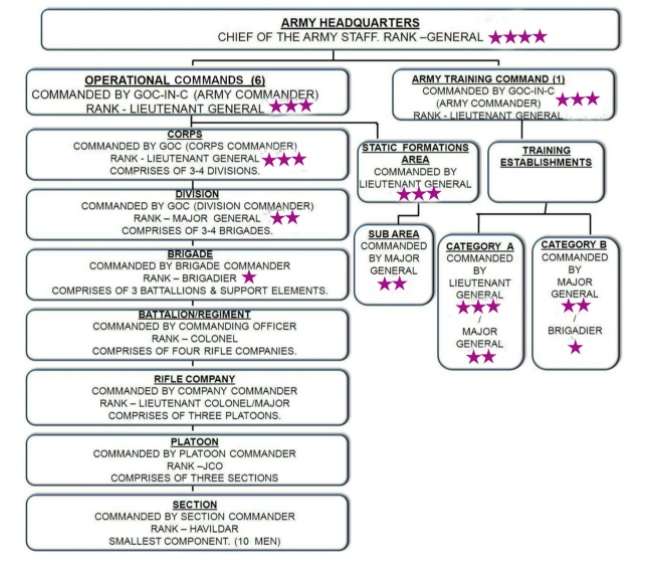
The Indian Army Commands and Its Insignia
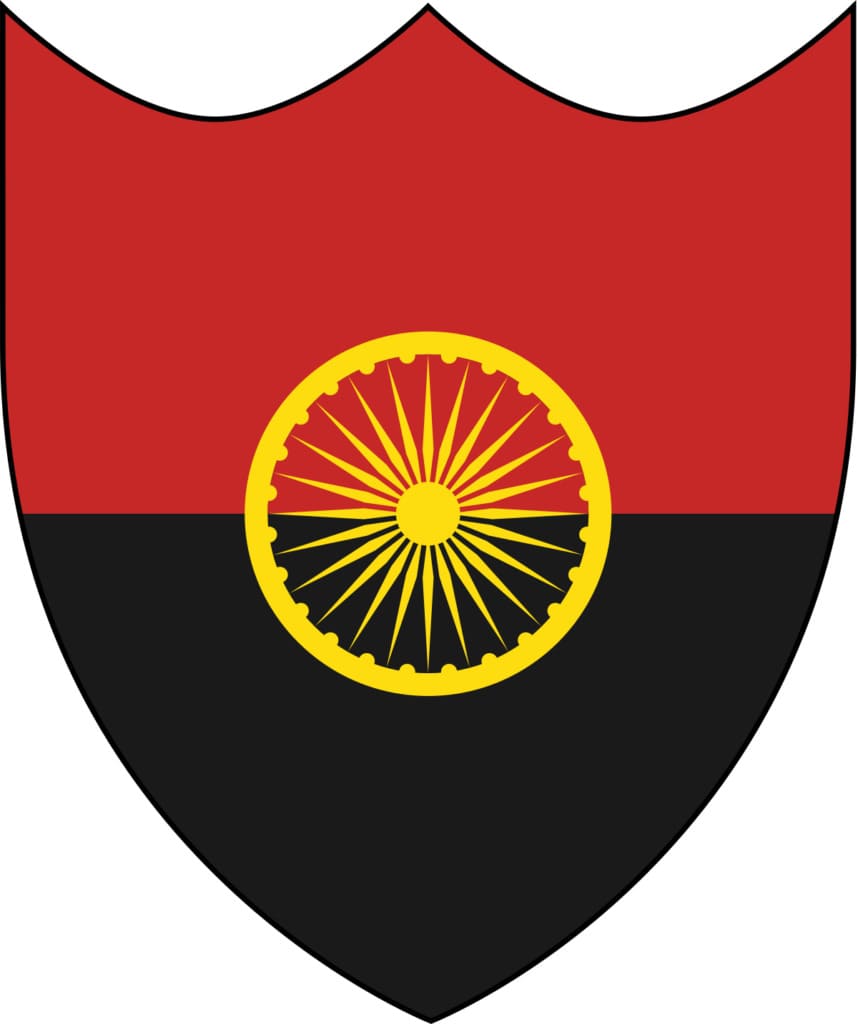
Head Quarters of the Indian Army
HQ – New Delhi
The 50th Independent Parachute Brigade – Agra, Uttar Pradesh
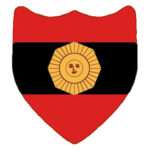
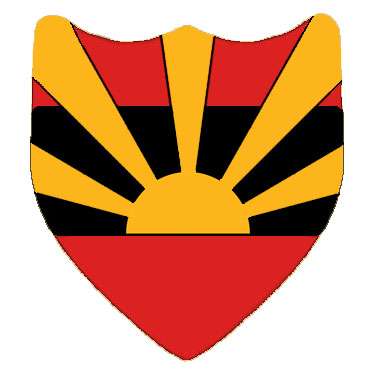
HQ – Kolkata
III Corps – Dimapur
- 2nd Mountain Division – Dibrugarh
- 57th Mountain Division – Leimakhong
- 56th Infantry Division – Likabali
IV Corps – Tezpur
- 71st Mountain Division – Missamari
- 5th Mountain Division – Bomdila
- 21st Mountain Division – Rangiya
XXXIII Corps – Siliguri
- 17th Mountain Division – Gangtok
- 20th Mountain Division – Binnaguri
- 27th Mountain Division – Kalimpong
XVII Corps – Panagarh
- 59th Infantry Division – Panagarh
- 72 Infantry Division – Pathankot
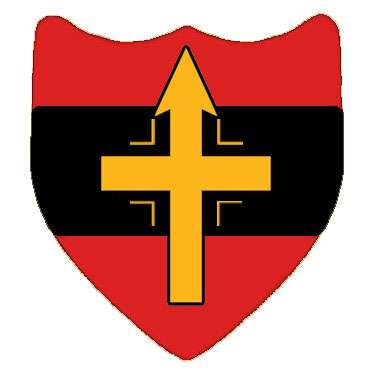
HQ – Udhampur
XIV Corps – Leh
- 3rd Infantry Division – Leh
- 8th Mountain Division – Dras
XV Corps – Srinagar
- 19th Infantry Division – Baramulla,
- 28th Mountain Division – Gurez
XVI Corps – Nagrota
- 10th Infantry Division – Akhnoor
- 25th Infantry Division – Rajauri
- 39th Infantry Division – Yol
- 10 Artillery brigade

HQ – Pune
41st Artillery Division – Pune
XII Corps – Jodhpur
- 4th Armoured Brigade
- 340th Mechanised Brigade
- 11th Infantry Division – Ahmedabad
- 12th RAPID – Jaisalmer
XXI Corps – Bhopal
- 31st Armoured Division – Jhansi
- 36th RAPID – Sagar
- 54th Infantry Division – Secunderabad
- 475th Engineering Brigade

South Western Command
HQ – Jaipur
42nd Artillery Division – Jaipur
I Corps – Mathura
- 4th Infantry Division – Allahabad
- 23rd Infantry Division – Ranchi
- 33rd Armoured Division – Hisar
X Corps – Bathinda
- 16th Infantry Division – Sri Ganganagar
- 18th RAPID – Kota
- 24th RAPID – Bikaner
- 6th Independent Armoured Brigade – Suratgarh
- 615th Independent Air Defence Brigade
- 471st Engineering Brigade
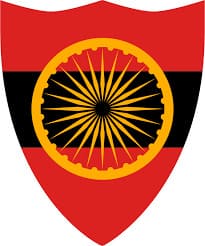
HQ – Chandimandir
40th Artillery Division – Ambala
II Corps – Ambala
- 1st Armoured Division – Patiala
- 14th RAPID at Dehradun
- 22nd Infantry Division – Meerut
- 474th Engineering Brigade
- 612th Mechanised Independent Air Defence Brigade
IX Corps – Yol
- 26th Infantry Division – Jammu
- 29th Infantry Division – Pathankot
- 2nd Independent Armoured Brigade
- 3rd Independent Armoured Brigade
XI Corps – Jalandhar
- 7th Infantry Division – Firozpur
- 9th Infantry Division – Meerut
- 15th Infantry Division – Amritsar
- 23rd Armored Brigade
- 55th Mechanized Brigade
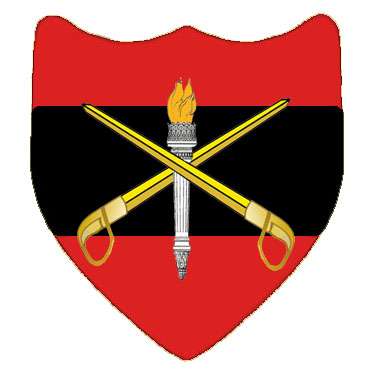
This is how the largest standing army in the world is formed and managed.
Hope this article would have given you a clear picture of the structure of the Indian Army. For any questions/doubts or if you need any further clarification/explanation, do mention it in the comment segment or you can mail directly at [email protected].
Jai Hind.
Want to Start your SSB Interview Preparation, do read the below article which will help you a lot.
- What is SSB Interview – 5 Days Procedure of SSB Interview | Let’s Crack SSB
- How to start – How to Start Your SSB Preparation at Home after Getting the SSB Call Letter
- Things to carry – What things do we have to carry while going for SSB Interview?

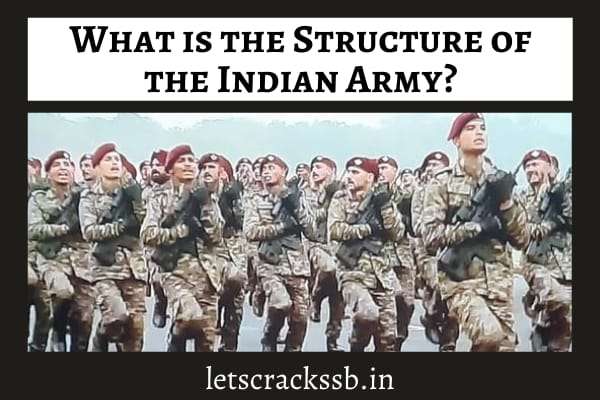

Very informative, Was unaware about all these facts. Thanks for sharing